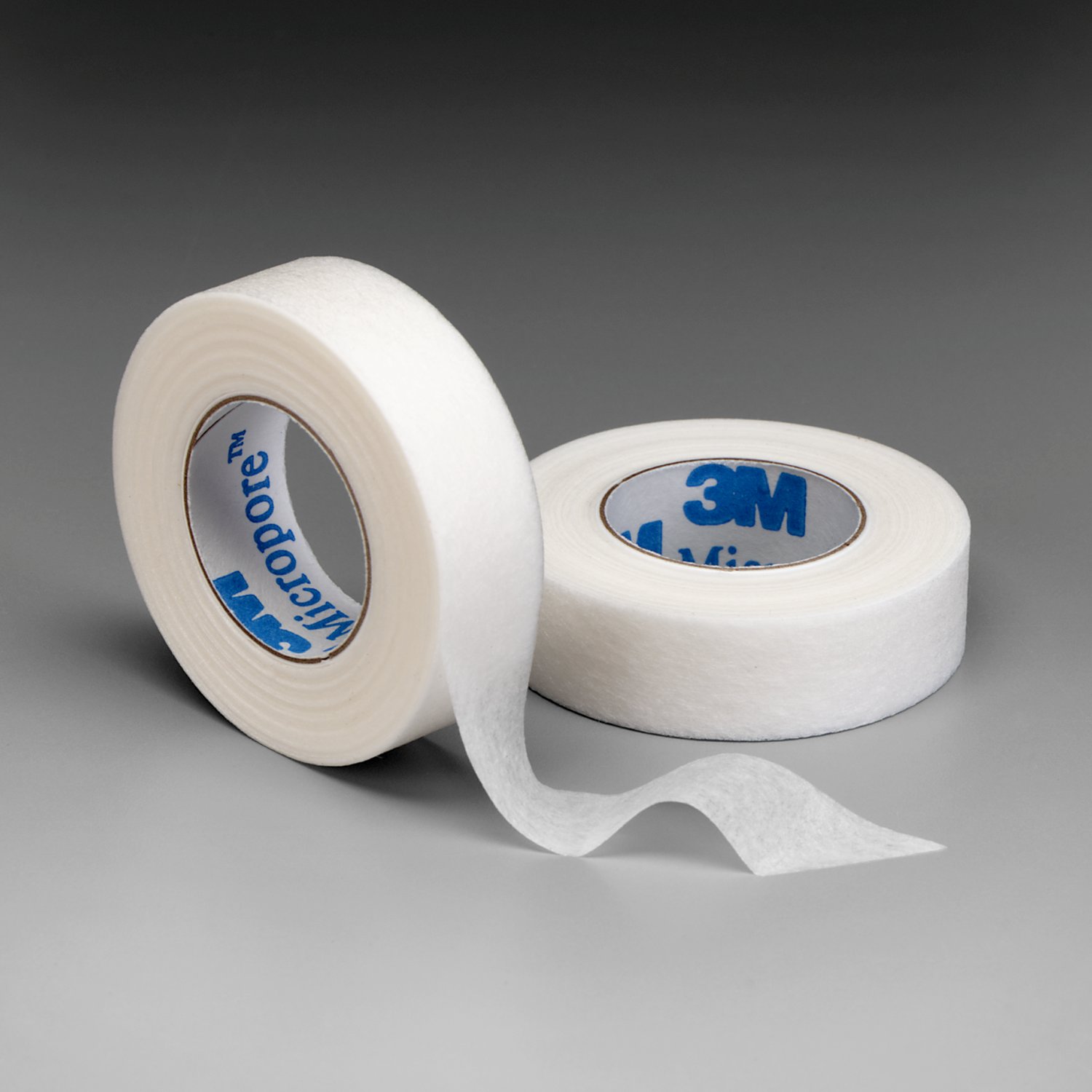Your Guide to Managing Medical Plaster—Bone Care
It is common to have a broken bone. With the right time and care, the bone usually heals itself back to normal. In the meantime, a plaster cast is used the arm or leg in place, allowing the bone to heal in that manner. It is a good idea to consult your doctor periodically after getting the medical plaster tape applied. Normally, a plaster cast stays on for six weeks, but it can be less or more than that depending on the age, health and the type of fracture. To keep a regular track on the fracture, multiple x-rays are done. In case of any abnormalities in these x-rays, you are referred to an orthopedic surgeon for further recovery.
It is important to note than a medical plaster can change the lifestyle and one must know what to expect and how to manage the unexpected. Here are some guidelines that can help you with that:
- Pain and issues
It is a known fact that fractures can be very painful. The pain is often acute when it has just happened, but it gets better when the plaster is applied and if the fractured limb is supported well. As weeks pass, the pain gets lesser and lesser, however, initially, simple painkillers the likes of paracetamol are needed. Another issue that is quite common with plasters is the itching. The plaster can cause itchiness for a few days, but as one gets used to it, it should improve.
- Care needed for the fracture
The plaster cast’s main objective is to support and protect the fracture while the bone heals. But there are times when the cast can cause problems in circulation of blood to the limb. Hence, proper measures need to be taken if that happens. When it is an upper limb cast, the fingers should be often exercised. When it is a lower limb plaster cast, exercise the toes often. At all times, keep the plastered body part raised so that there is no swelling, especially in the first 48 hours. A sling can be used for a fractured arm or a pillow can be placed below a leg that is fractured.
- Care needed for the plaster
The importance of a plaster in case of a fracture cannot be overstated. It is essential as it helps the fracture remain in an acceptable position. Make sure you rest for a couple of days after the plaster is applied so that it is set properly. The plaster should remain dry, and for that, you can put a plastic bag over the plaster and seal it with a rubber band. This technique can help you when taking showers or in case of travelling in rain. Even though it itches, and it is tempting to use stick objects to itch inside the plaster, it is not a good idea as it will damage the skin. Make sure that you don’t cut or disturb the cast or even walk on the plaster. It is always wiser to use crutches instead of that. Till the fracture fully heals, do not lift anything or drive. Please follow the instructions given by the medical authority diligently to avoid any mishaps.
- Red flags
There are some things you must be on a lookout for, and once spotted, you must visit a doctor or go to the nearest hospital emergency department. If there is pain despite the painkillers, fingers or toes get blue or white, or don’t move, numbness, or any concern regarding the cast can be solved by professionals.
- After the plaster is removed
There are some issues that occur once the plaster is removed. They are:
- Stiffness and weakness in the limb remain. But this usually diminishes once normal activities and routines are resumed.
- At times, physiotherapy is needed to help in the recovery. The process of physiotherapy includes exercises which improve muscle strength, joint mobility, and balance. These exercises help in facilitating transitioning in the normal routine.
- As the bone is still healing, it is a good idea to take care for a month and not overexert or hurt it again.
- A lump on the site of the fracture is normal. The lump is the new bone, which then eventually takes the shape of the original bone.


















